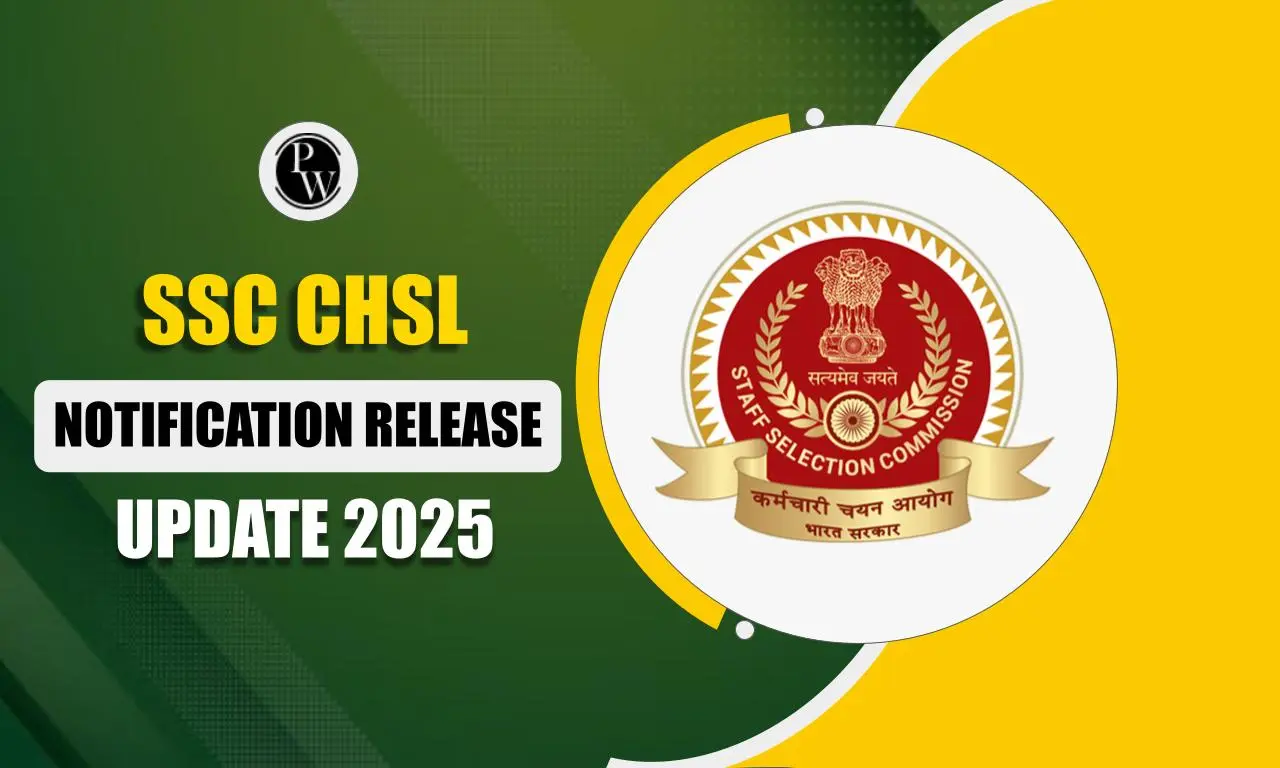

Bardoli Satyagraha: The Bardoli Satyagraha started on June 12, 1928, aiming to support Bardoli's farmers who opposed unfair tax increases. Spearheaded by Sardar Vallabhai Patel, this movement became significant during India's struggle for freedom. It marked a crucial chapter in the Civil Disobedience Movement as Indian peasants peacefully protested British rule in Bardoli.
Bardoli Satyagraha
The Bardoli Satyagraha was a significant movement in India led by Sardar Vallabhbhai Patel to oppose the increased taxes imposed by the British government on farmers. It started in June 1928 in Bardoli, Gujarat. The main demand was to cancel a 22% tax hike by the Bombay Presidency. This movement was crucial in India's fight for independence and was supported by Mahatma Gandhi. It became a strong foundation for the larger Civil Disobedience Movement in 1930. Although Bardoli was initially chosen for the Civil Disobedience Movement, it was later changed due to the Chauri Chaura incident.Bardoli Satyagraha Movement
Patel led a peaceful movement in Bardoli with great skill. He divided the area into groups and gathered many men and women to join. People from Hindu, Muslim, and Parsi backgrounds volunteered.- They went door-to-door to spread the message. Volunteers made newsletters, ran campaigns, and held talks to teach everyone about discipline and preparing for hard times.
- The movement in Bardoli had many women joining in, and it was these women who honored Patel with the title ‘Sardar.’
- The farmers were asked to promise to God that they wouldn't pay taxes.
- Those who paid taxes or supported the British were socially isolated.
- Efforts were made to help the Kaliparaj caste, who were landless laborers.
- They refused to sell unnecessary things to the local government.
- They used different methods to resist eviction and land confiscation (called Jabti).
- They had people inside government agencies who would let them know in advance about Jabti notices.
- Whenever police came to seize land, the entire town would have moved to a new place, leaving the officers with an empty village.
- Even though Bardoli was small, its campaign gained attention and support across the nation.
Bardoli Satyagraha History
In 1925, floods and famine hit Bardoli Taluk in present-day Gujarat, causing a lot of problems for farmers. The crops suffered, and the farmers faced financial difficulties. To add to their troubles, the Bombay Presidency increased tax rates by 22%, not considering the farmers' hardships. Despite pleas from farmers and groups asking for a reconsideration of the unfair tax hike, the authorities went ahead with collecting the increased taxes. In 1927, the local Congress Party presented a report showing that the farmers couldn't handle the higher taxes. But the authorities didn't budge. The farmers then asked Vallabhai Patel for help in January 1928. They all agreed not to pay taxes and promised Gandhi that they would use peaceful methods. Only when Patel was sure the farmers were committed did he take the lead. He warned them about the possible consequences, like losing their land or being jailed. Patel talked to the government, but they wouldn't change their stance. Gandhi supported the movement by writing articles for the "Young India" magazine.Bardoli Satyagraha Features
At Bardoli, Vallabhai Patel became a respected leader by leading a peaceful group of people. He asked many men and women to help and split the area into camps. People from different religions like Parsi, Muslim, and Hindu joined as volunteers. They spread information through news, ads, and speeches from these camps, stressing the importance of staying peaceful and prepared for hard times. They went to every house to talk to people. Many women also played an important role in this movement. These women started calling Patel "Sardar," which means leader. They asked the farmers not to pay taxes as a form of protest against the British. People who paid taxes or supported the British were not accepted socially. They refused to buy unnecessary things from the local government offices. Two people, M. Munshi and Lalji Naranji, left their positions in the Bombay Legislative Council to support this cause. The villagers in Bardoli successfully stopped government agents who tried to force them out of their homes and take their things. They were warned beforehand if the government planned to take away their belongings by people working for the British. When the government representatives came to take their things, the Bardoli villagers had already left together. The village was empty. Even though it was a small movement, it got a lot of attention and support.Bardoli Satyagraha Leaders
The Governor of Bombay ignored Patel's request to lower taxes for all the farmers in Bardoli Taluka. In response, he advised the farmers to stop paying taxes. Patel divided Bardoli into zones, each with its own leader and volunteers, including Narhari Parikh, Ravi Shankar Vyas, and Mohanlal Pandya. He told the farmers not to use force even if the government acted aggressively.Bardoli Satyagraha Significance
- Unity despite Differences
- A Important Moment
Bardoli Resolution
In 1928, a Parsi official from the Bombay government stepped in and successfully brokered an agreement. This deal delayed a planned 22% increase in taxes for the following year, restored lands and properties that had been taken, and canceled the revenue payment for that year. The British authorities in the Bombay Presidency established the Maxwell-Broomfield Commission when they realized the situation was becoming difficult to handle. Eventually, a compromise was struck between the Government Officials and the Bardoli Peasants, reducing the revenue demand to 6.03%. The Bardoli peasants regained their confiscated lands. This event marked a significant triumph known as the Bardoli Satyagraha, which greatly contributed to Sardar Vallabhbhai Patel's rise as a national leader and a figurehead for the masses. The success of the Bardoli Satyagraha taught Sardar Patel invaluable lessons. He later applied his leadership and negotiation skills in dealing with the Princely States during India's independence in the late 1940s.Bardoli Satyagraha Impact
The government got worried that things might get out of control, so they formed a group called the Maxwell-Broomfield committee to check what was happening. The amount of profit was reduced to 6.03 percent. The land that was taken away from the villagers was given back to them. After the Bardoli Satyagraha succeeded, Patel became a very important leader in the whole country. He showed that he was really good at organizing things and leading people. The Bardoli Satyagraha wanted to have a society where people didn’t have to pay taxes. It was a big moment in the fight for India’s freedom, even though it didn’t focus much on poor farmers or changing the system where people were forced to work. This movement is thought to be a very important part of the Indian Independence Movement.Bardoli Satyagraha Criticism
The movement mostly ignored the problems faced by poorer farmers and concentrated on the difficulties of rich and middle-class farmers. It didn't talk about the Hali Pratha issue, which was a type of bonded labour system. It's believed that the movement was a way to show how Satyagraha could be used in the fight for independence. However, it didn't deal with the main problems that farmers were dealing with. To succeed in upcoming exams, candidates should consider exploring PW SSC Books We provide high-quality content at an affordable price, including sample papers, mock tests, guidance sessions, and more to ensure aspirants secure their selection. Also, enroll today on SSC Online Coaching to turn your dreams into reality.| Other Related Links | |
| Tiger Reserves in India | National Parks in India |
| Biosphere Reserves in India | Elephant Reserves in India |
Bardoli Satyagraha FAQs
Q1. Who started Bardoli Satyagraha and why?
Ans. Sardar Vallabhai Patel led the Bardoli Satyagraha, a campaign in the battle for independence in 1928, on behalf of the farmers in Bardoli who were protesting the unfair tax increases.
Q2. Who led Bardoli Satyagraha?
Ans. Sardar Vallabhbhai Patel eventually took charge of the movement, and its success led to Patel’s rise to prominence as one of the movement’s key figures in the independence movement.
Q3. What is Bardoli famous for?
Ans. The country’s most historic location is Bardoli. Beginning in Bardoli, the Salt March became known as the “Bardoli Satyagraha.” Surat’s city limits are only 34 kilometres away from Bardoli. Bardoli is a fantastic location for touring close to Surat city as well.
Q4. Who was the first Satyagrahi?
Ans. The founder of individual satyagraha was Acharya Vinoba Bhave. Nearly 25,000 satyagrahis accepted incarceration for their involvement and followed him.
🔥 Trending Blogs
Talk to a counsellorHave doubts? Our support team will be happy to assist you!

Check out these Related Articles
Free Learning Resources
PW Books
Notes (Class 10-12)
PW Study Materials
Notes (Class 6-9)
Ncert Solutions
Govt Exams
Class 6th to 12th Online Courses
Govt Job Exams Courses
UPSC Coaching
Defence Exam Coaching
Gate Exam Coaching
Other Exams
Know about Physics Wallah
Physics Wallah is an Indian edtech platform that provides accessible & comprehensive learning experiences to students from Class 6th to postgraduate level. We also provide extensive NCERT solutions, sample paper, NEET, JEE Mains, BITSAT previous year papers & more such resources to students. Physics Wallah also caters to over 3.5 million registered students and over 78 lakh+ Youtube subscribers with 4.8 rating on its app.
We Stand Out because
We provide students with intensive courses with India’s qualified & experienced faculties & mentors. PW strives to make the learning experience comprehensive and accessible for students of all sections of society. We believe in empowering every single student who couldn't dream of a good career in engineering and medical field earlier.
Our Key Focus Areas
Physics Wallah's main focus is to make the learning experience as economical as possible for all students. With our affordable courses like Lakshya, Udaan and Arjuna and many others, we have been able to provide a platform for lakhs of aspirants. From providing Chemistry, Maths, Physics formula to giving e-books of eminent authors like RD Sharma, RS Aggarwal and Lakhmir Singh, PW focuses on every single student's need for preparation.
What Makes Us Different
Physics Wallah strives to develop a comprehensive pedagogical structure for students, where they get a state-of-the-art learning experience with study material and resources. Apart from catering students preparing for JEE Mains and NEET, PW also provides study material for each state board like Uttar Pradesh, Bihar, and others
Copyright © 2025 Physicswallah Limited All rights reserved.











